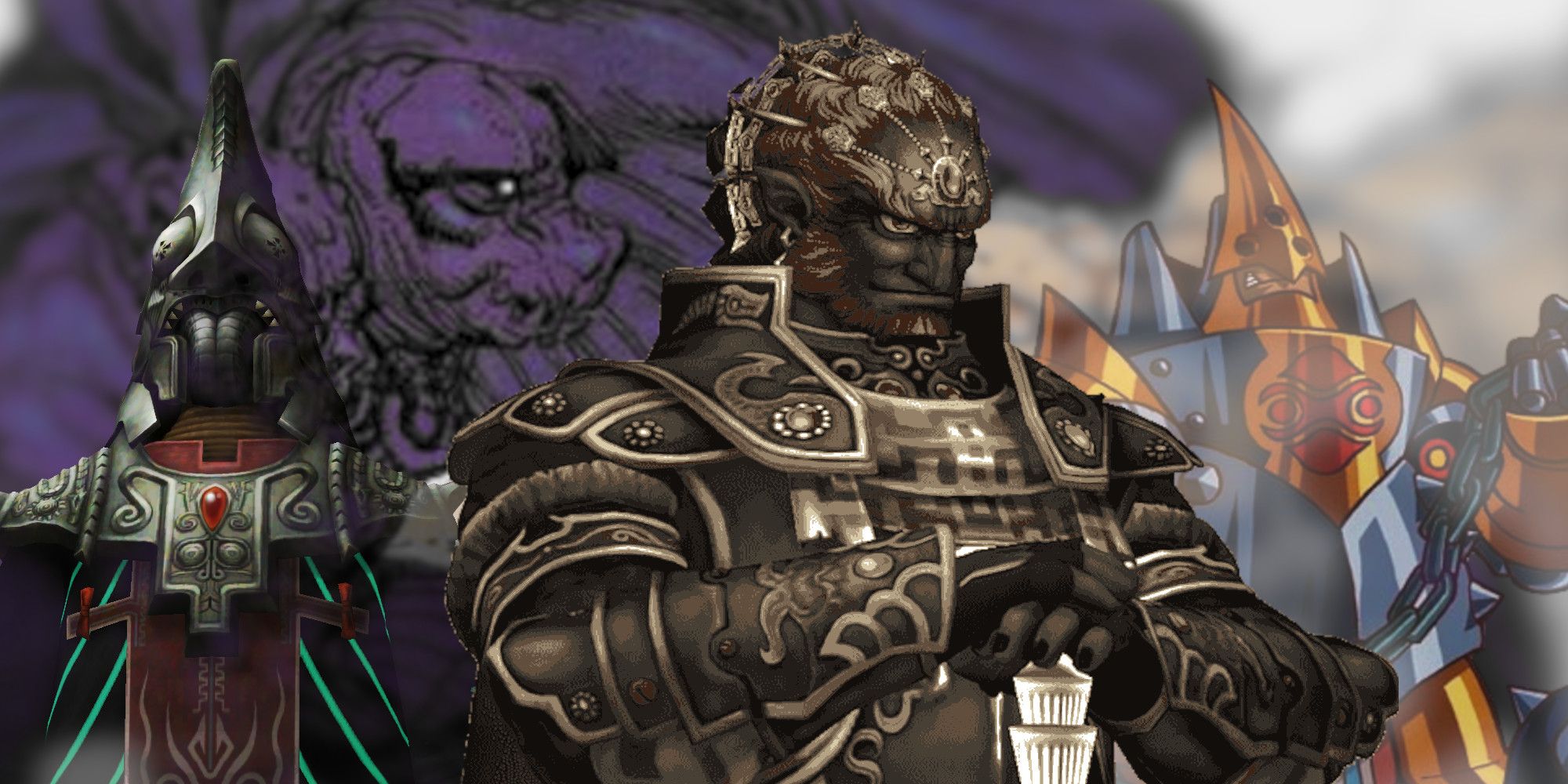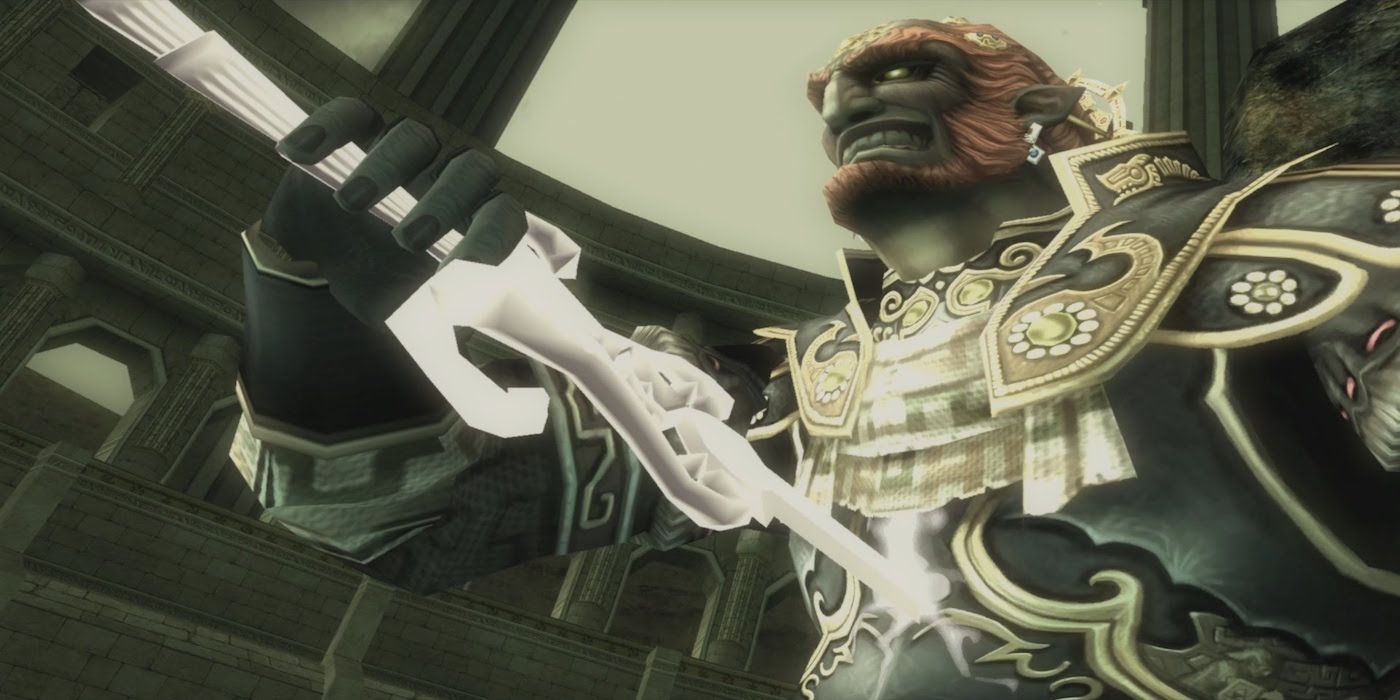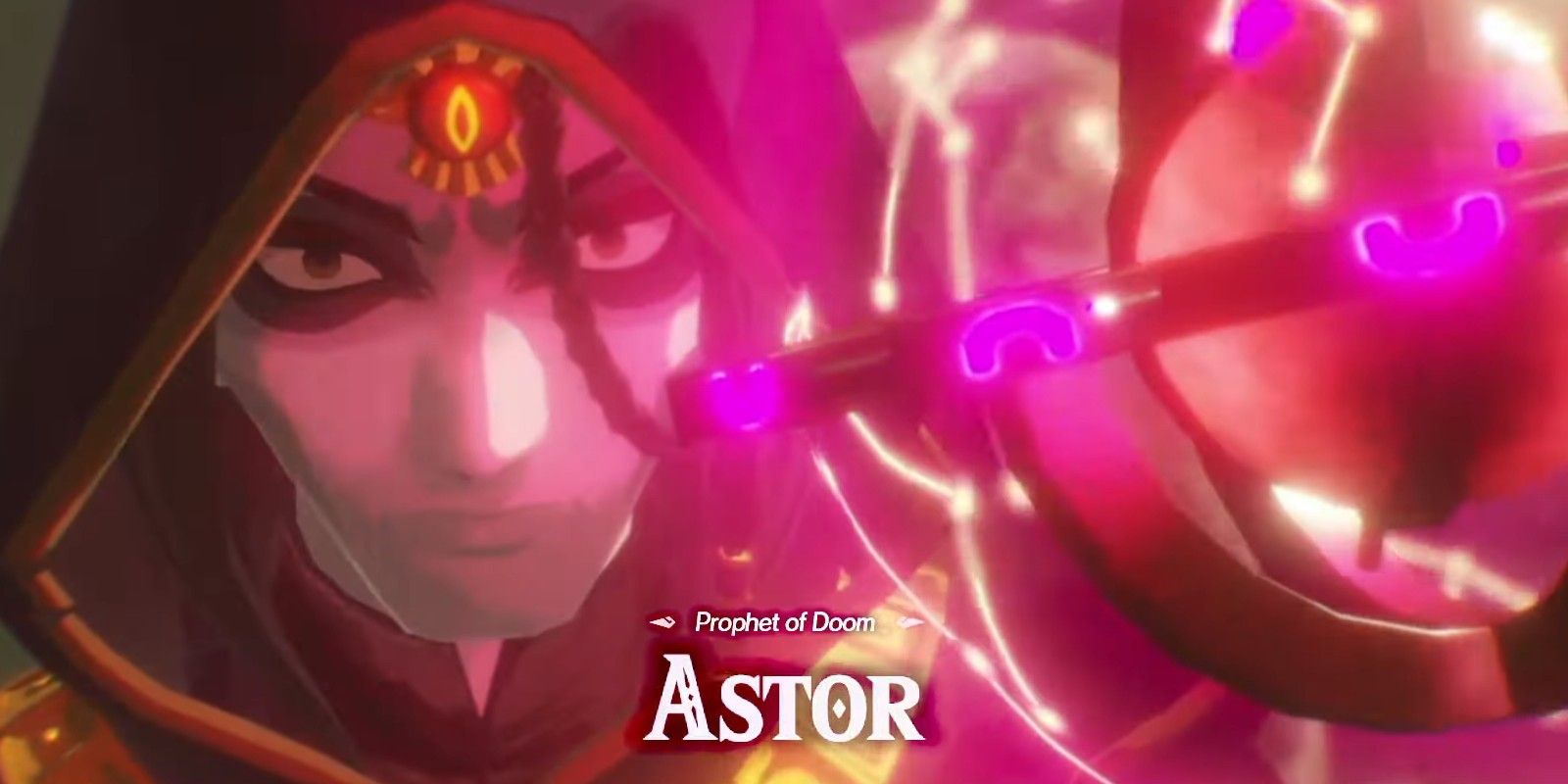Ganon, the Prince of Darkness and the King of Thieves, is as synonymous to The Legend of Zelda series as Bowser is to Super Mario Bros. A boss to end all bosses, Ganon (and his Gerudo form as Ganondorf) is a series staple, constantly threatening Hyrule with his dreams of conquest -- sometimes even winning. The nature of the Triforce of Power connected to him and the constant shifting of the Zelda timeline ensures that Ganon will always return in some form, never truly dying for good.
Sometimes however, it's refreshing to see Link clash swords and match wits with villains other than Ganon. Indeed, there are at least a few games where Ganon himself is absent and a new villain threatens Hyrule. However, the Zelda series has an infamous track record of introducing an intriguing and unique villain who torments the player for most of the game, only to have Ganon himself show up and hijack the plot from them.
The earliest example of a Ganon-hijacking can be partially forgiven, as A Link to the Past is only the third game in the series. In it, the evil sorcerer Agahnim appears as a pawn of Ganon who is trapped in the Sacred Realm. After chasing Agahnim into the Dark World, Link discovers that Agahnim was in fact an alter ego of Ganon all along -- meaning Agahnim never existed, and Ganon was the true villain for the entire game.
While A Link to the Past established many staples of the series, the trend of Ganon suddenly showing up at the end as the final boss wouldn't be set in stone until the Oracle games. Upon completing both games, the player is told to input a code to unlock the true ending of the duology. There, they discover antagonists Onox and Veran are merely pawns of Twinrova. The twin witches used them both as tools to revive the deceased Ganon and, after a botched resurrection, Link must fight an unstoppably powerful and berserk Ganon.
Four Swords Adventures is the chronological finale to the Four Swords series of games involving the Toon Link battling the dark wizard Vaati, a narcissistic and vain sorcerer who is the main antagonist of the entire sub-series -- except for one. Adventures reveals that Vaati is another pawn in Ganon's master plan for resurrection. Despite never being seen or mentioned throughout the series, Ganon turns out to be the true final boss, which ultimately feels impersonal and anti-climactic.
The first 3D example of a Ganon hijacking is also one of the most egregious. Zant from Twilight Princess was quickly introduced and portrayed as a personal big bad for several characters. He effectively demonstrates menace and nuance until his boss fight, where he suddenly becomes significantly more unhinged and cartoony. Afterwards, it is revealed that Zant is yet another pawn in Ganondorf's master plan, miffing a lot of fans who were fond of Zant as an original character.
Not even Skyward Sword proved entirely immune to the Ganon hijacking, despite being a prequel that doesn't seem to show the Lord of Darkness in any capacity. After defeating Demise in a climactic sword duel during a thunderstorm, the Demon King curses Link and Zelda's descendants with an undying incarnation of his malice -- in other words, Demise is revealed to be a proto-Ganon.
Spin-off games also continue the trend of Ganon stealing the spotlight from another villain, with the Hyrule Warriors games being prime examples. In the original Hyrule Warriors, the main antagonist Cia appears to have motives independent from Ganondorf, but it's quickly revealed Ganondorf was the source of all of Cia's evil to begin with. In the alternate timeline prequel to Breath of the Wild, Age of Calamity has the dark wizard Astor act as if he is controlling Calamity Ganon. However, by the end Ganon possesses his body and becomes the main villain once again.
The latest mainline entry to have a hijacking, A Link Between Worlds, adds a unique twist to the usual cliche -- instead of a sorcerer pawn of Ganon trying to resurrect their master, Yuga of Lorule resurrects Ganon's body solely to hijack him. This means that, while Link is technically fighting Ganon's body again, the game's true big bad remains Yuga. This is a promising sign that Nintendo realizes that the Ganon-hijacking plot twist is tired and predictable. Zelda games can and have featured more interesting and varied villains, so moving away from this trope (and characters controlled by Ganon and his will) would be best for the franchise.



